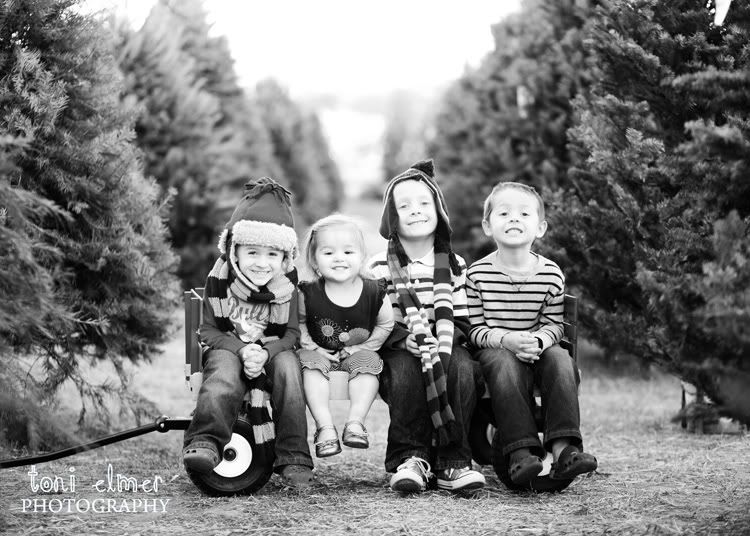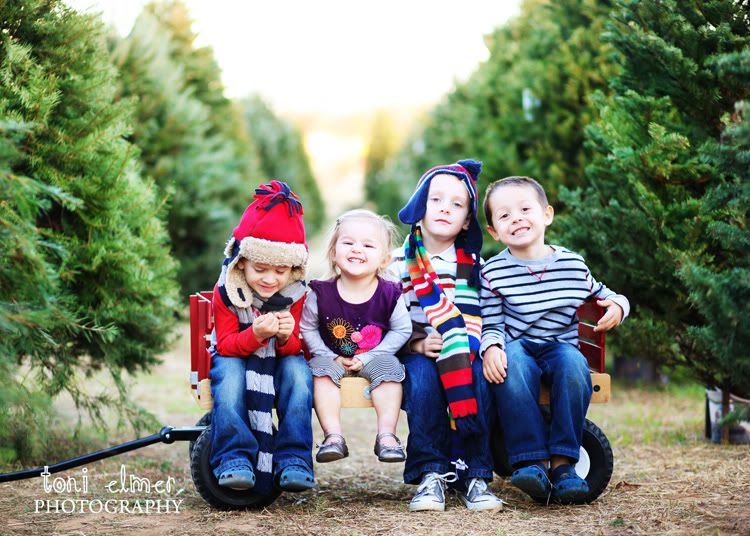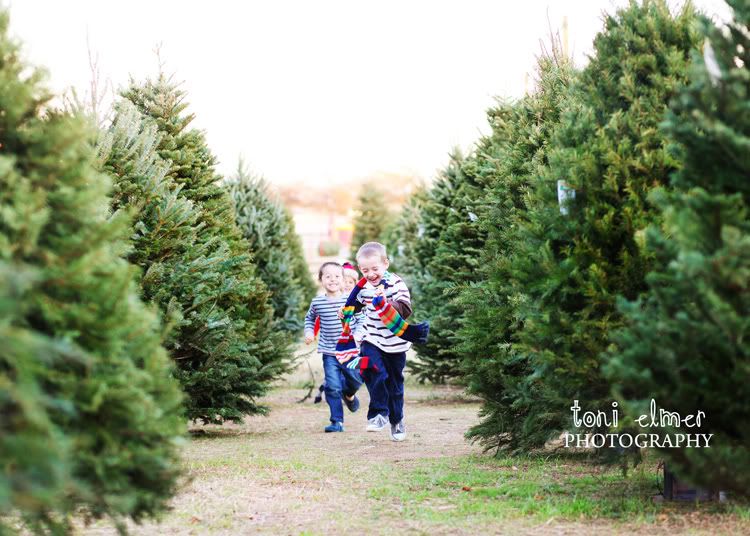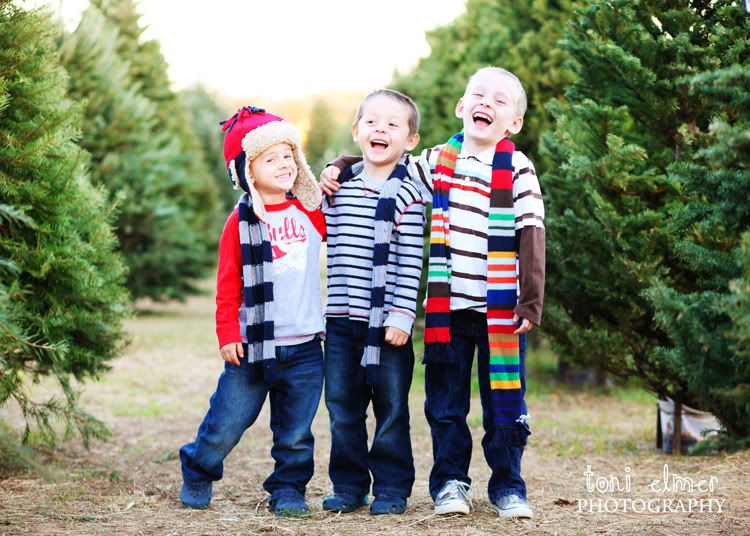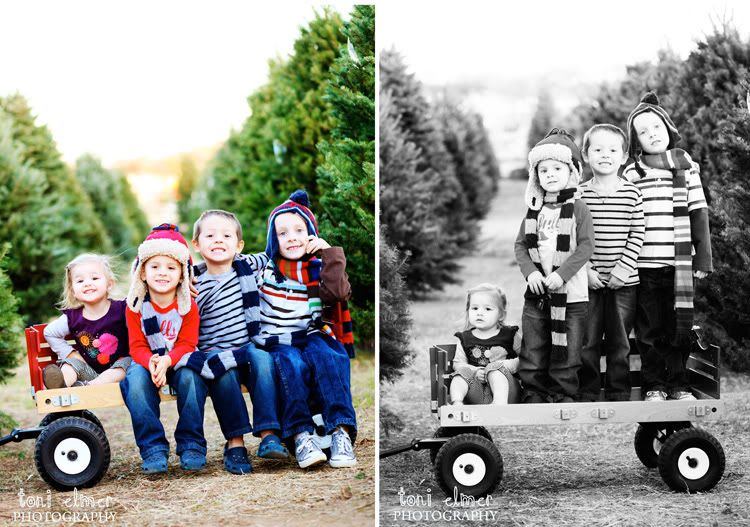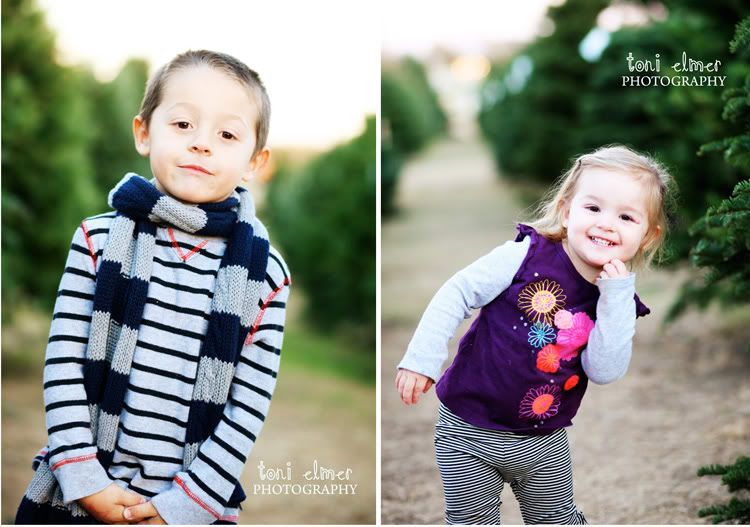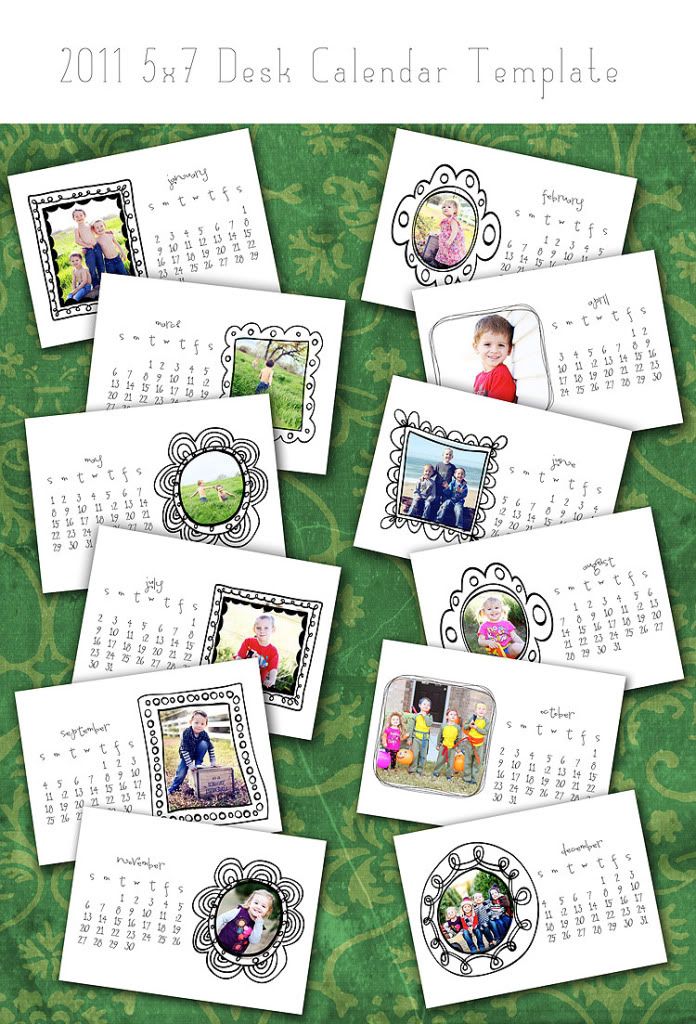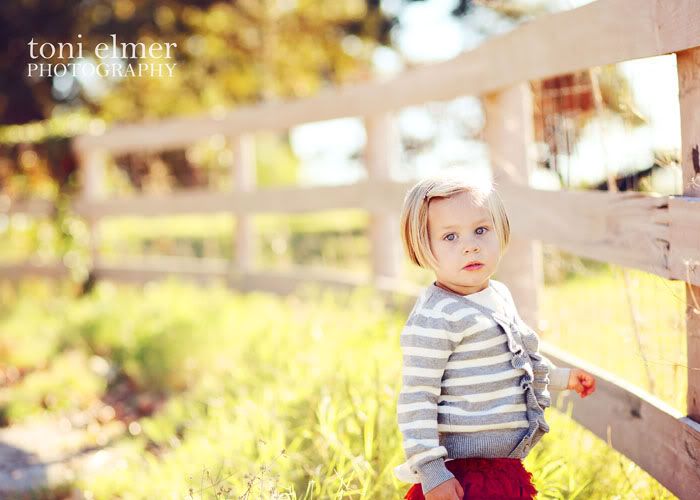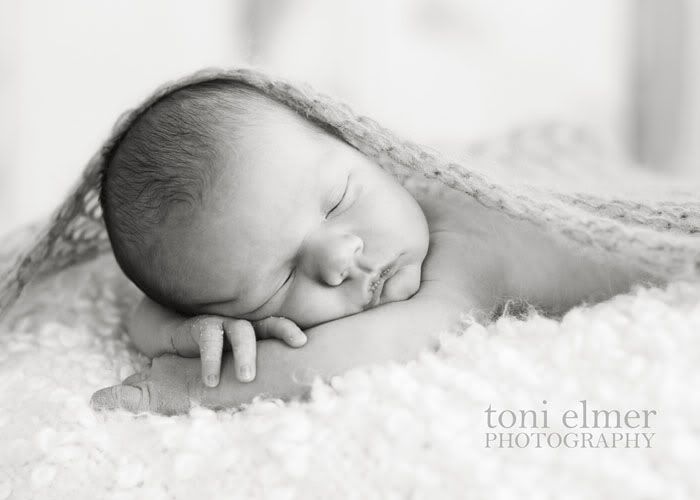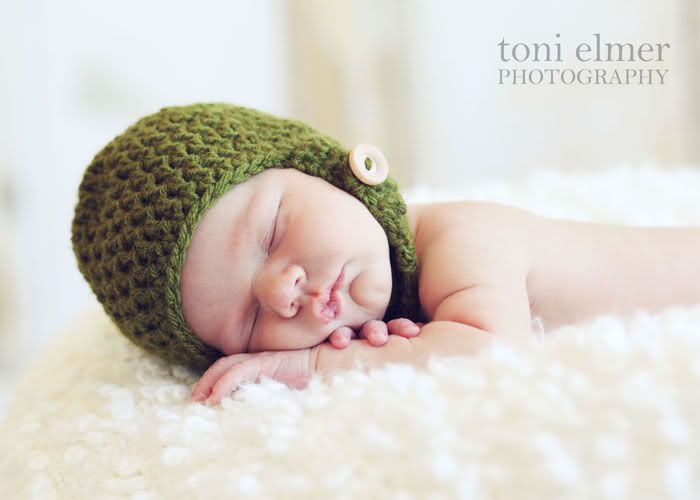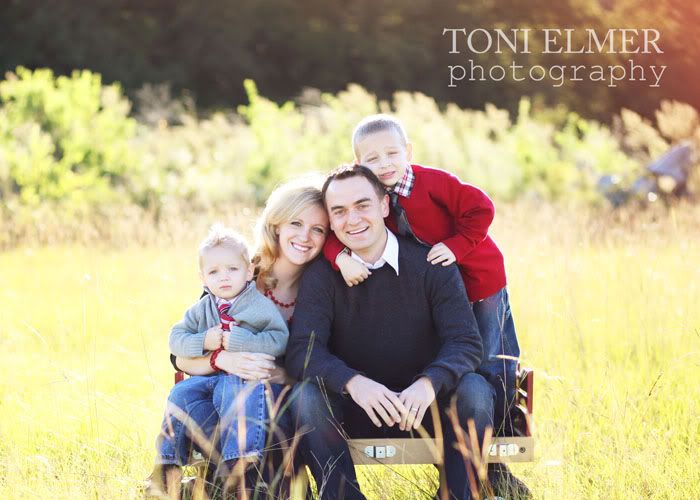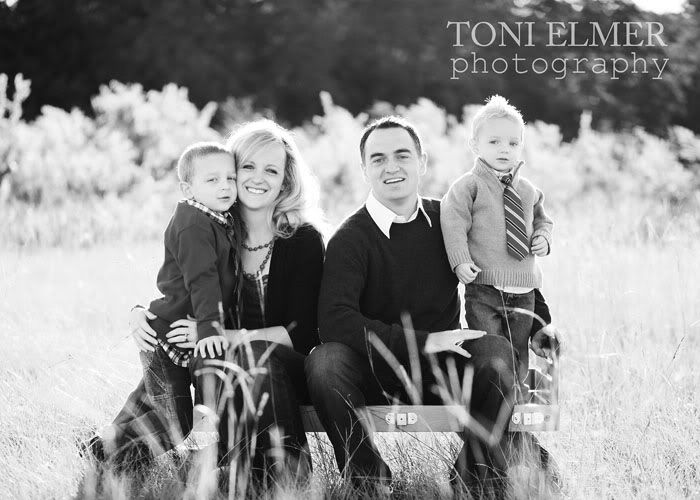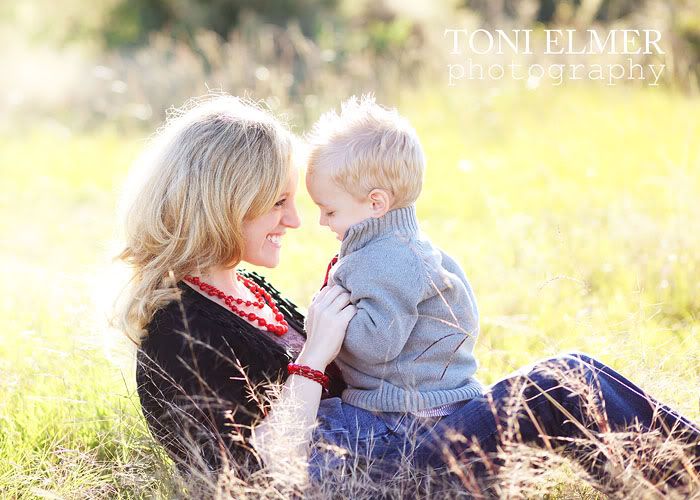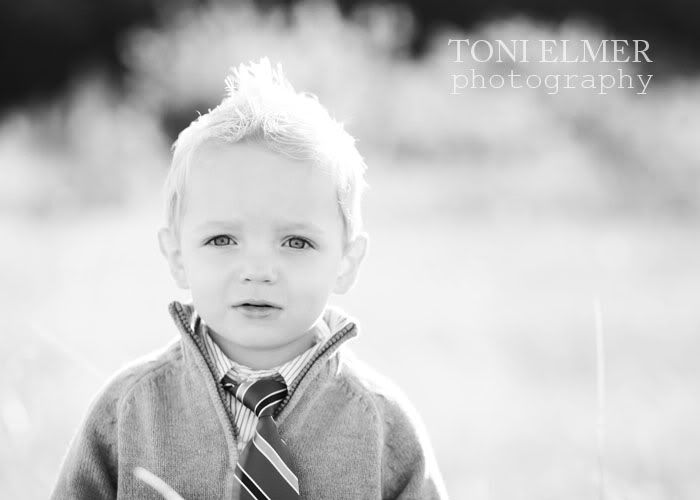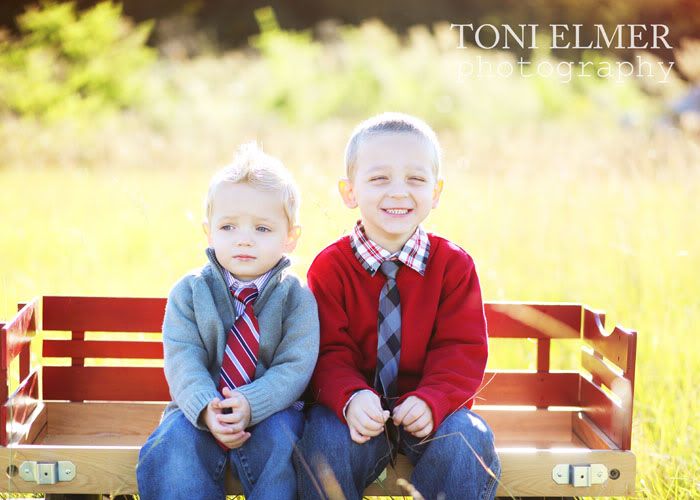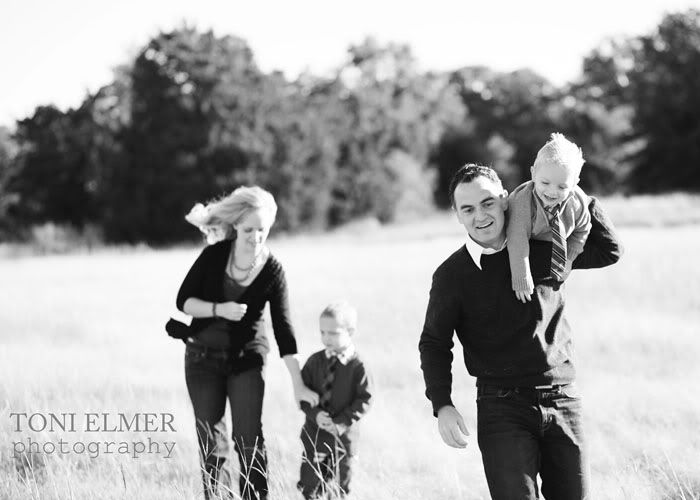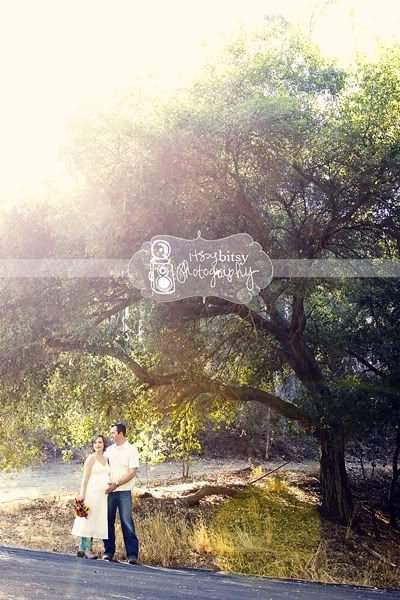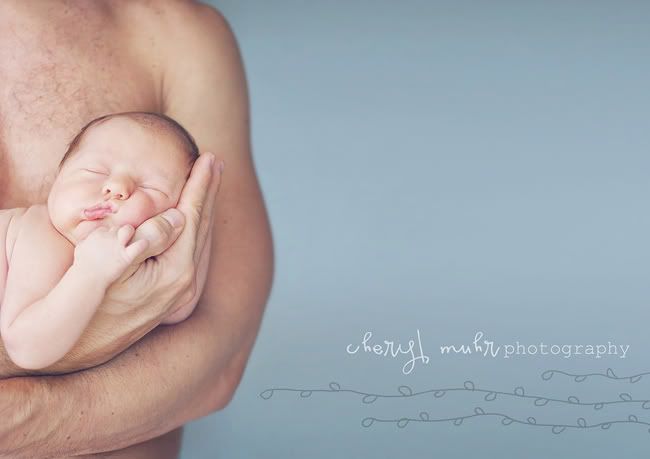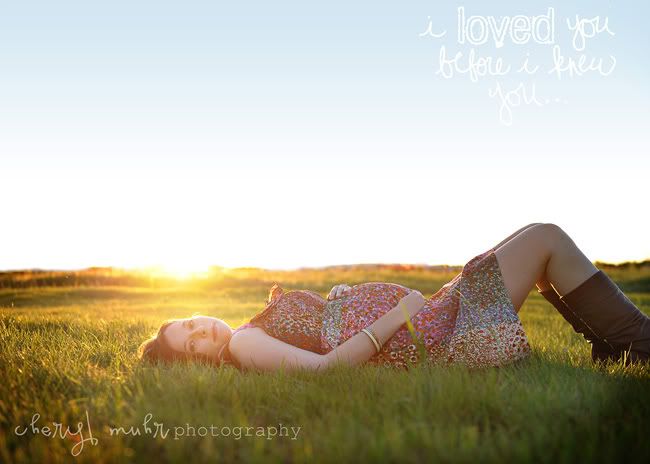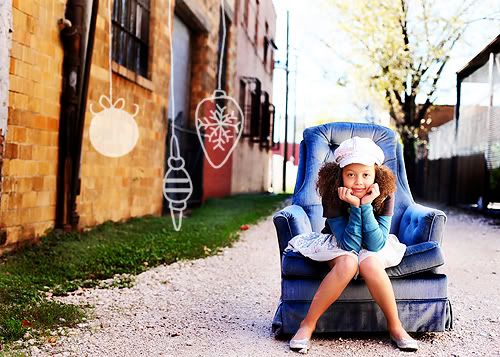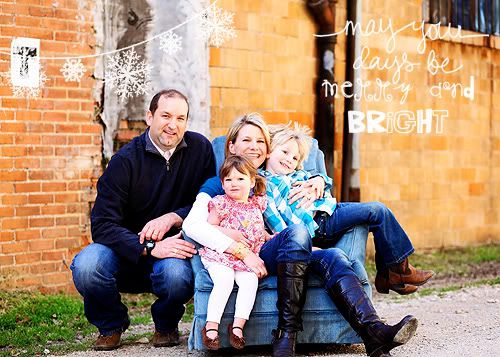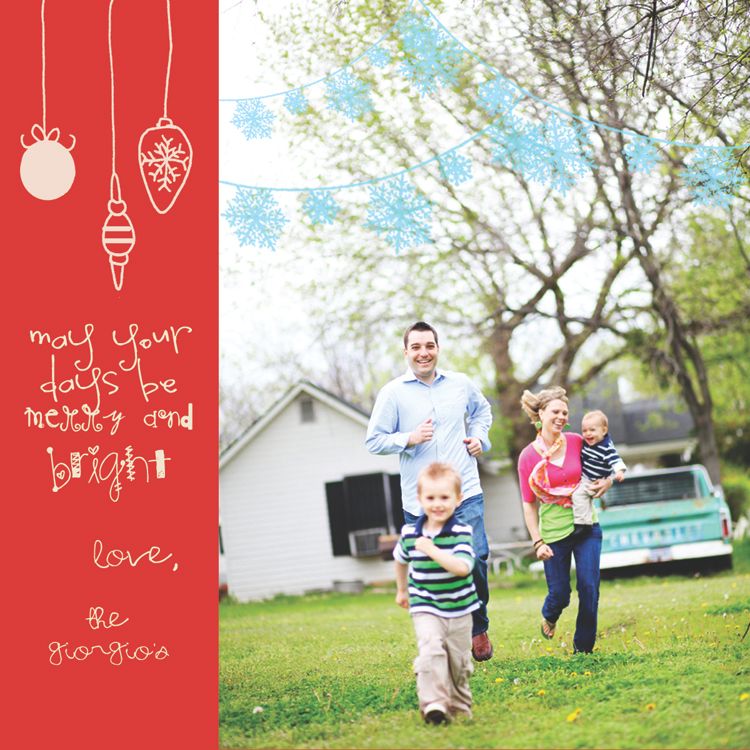I get asked a lot of photography related questions and thought I would start answering them here. I love to help others get started on their little journey into photography!
I've mentored several people and last week had the chance to help a friend get her feet wet when it comes to editing. We talked workflow, raw vs. jpeg, to use actions or not to use them, down to the nitty gritty of exactly how I edit.
We had a great time and as we were talking it made me realize just how important it is to get it right in camera. When you first start out shooting manually though many people tell you to under expose. While this is good if you shoot raw it's not so great if you shoot jpeg. But why Toni? See, I know that's what you're thinking... Because it causes your subjects eyes to have dark circles and look more like pits and it also causes muddier looking skin tones. I would be willing to bet that most of your favorite photographers out there all OVER expose their images and not under expose. This helps the skin appear smoother and milkier looking.
It takes time to learn your camera and it's settings, but the truth is that for you to have a properly exposed image that is print worthy you'll need to have a few things in check:
1. A good understanding of light.
2. A good knowledge of your exact camera and how it works exactly in each and every lighting situation. And by your exact camera I don't mean canon vs. nikon, or rebel vs. 40D. I mean YOUR camera.
3. ISO
Each camera is different. When I first started out I owned a Nikon D50. I loved it. It was a great camera. I knew that camera so well that I knew exactly where my in camera meter should be for every situation. The way I shot and the light that i tended to shoot in required me to over expose by about a full stop. Which to a newbie may be a lot, but that's what I did and that's what worked for me and my camera.
Understanding light is SO so SO critical! Clean light is what you want. But where do you find it? Really, you can find clean light in open shade or in full sun. A lot of understanding light is knowing how to use it to your advantage. It's perfectly fine to shoot in full sun and it can be really great if you know how to position your subject in it. Typically you wouldn't have them looking right the sun because we all know that would make anyone squint, but having the light fall on them from the side looks amazing and adds great contrast to a photograph or a clients gallery. When shooting in the shade it's important to try and have them still face the light. I you're in the shade and have their backs to the light you're loosing out on a great opportunity to utilize the fabulous open shade you just found... Rather than having amazing catchlights for that perfect open shade you just found you'll probably still have a nice photograph but you won't know it's true potential until you start placing your subject toward the light!
Also, ISO. I try and keep my ISO as low as possible. It keeps the image quality more pure and makes your job editing that much easier. I try to never shoot over ISO 400 and tend to shoot between 60-200 ISO. The more you raise your ISO the more artificial light your adding to your photograph... and why would we want to do that when we just spent all that time trying to find the amazing light we just found???
I also am not afraid to break the rules and go against the grain of what and how everyone else shoots. It's why my clients came to me and what made me and my style different. I was perfectly ok with the sky blown out behind my subject if I put them in a back lighting situation. I was ok with it because I knew it was going to happen. I placed my subject there knowing what the outcome was going to be before I ever pressed the shutter. And once you begin to understand the light and the different situations you're in you'll begin to know exactly what it's going to look like too before you ever place them in the light.
So the next time you go out to shoot try to over expose just a tad. Start with a 1/3 of a stop and then try 2/3's and then try 1 stop, edit all three and then see which one looks best. Remember to do it all on the same subject in the same light. Doing this several time will help you start to know where your camera performs at it's best... and where you do to. Then ty putting them in open shade facing the direction of the light. I think you'll be so happy and amazed at how beautiful your photographs look after trying those two simple things!!! oh yeah, and keep that ISO low!!
If you have any questions you'd like me to try and answer I'd love to! So just let me know! You can leave a comment in the comments section or send me an email!
I hope everyone's having a great monday so far! I'm going to go take a nap now... I'm kind tired since I am growing a baby and all that kinda stuff! :) I'll try and post some pictures later of different situations of light and how i used it.
until next time!
toni

